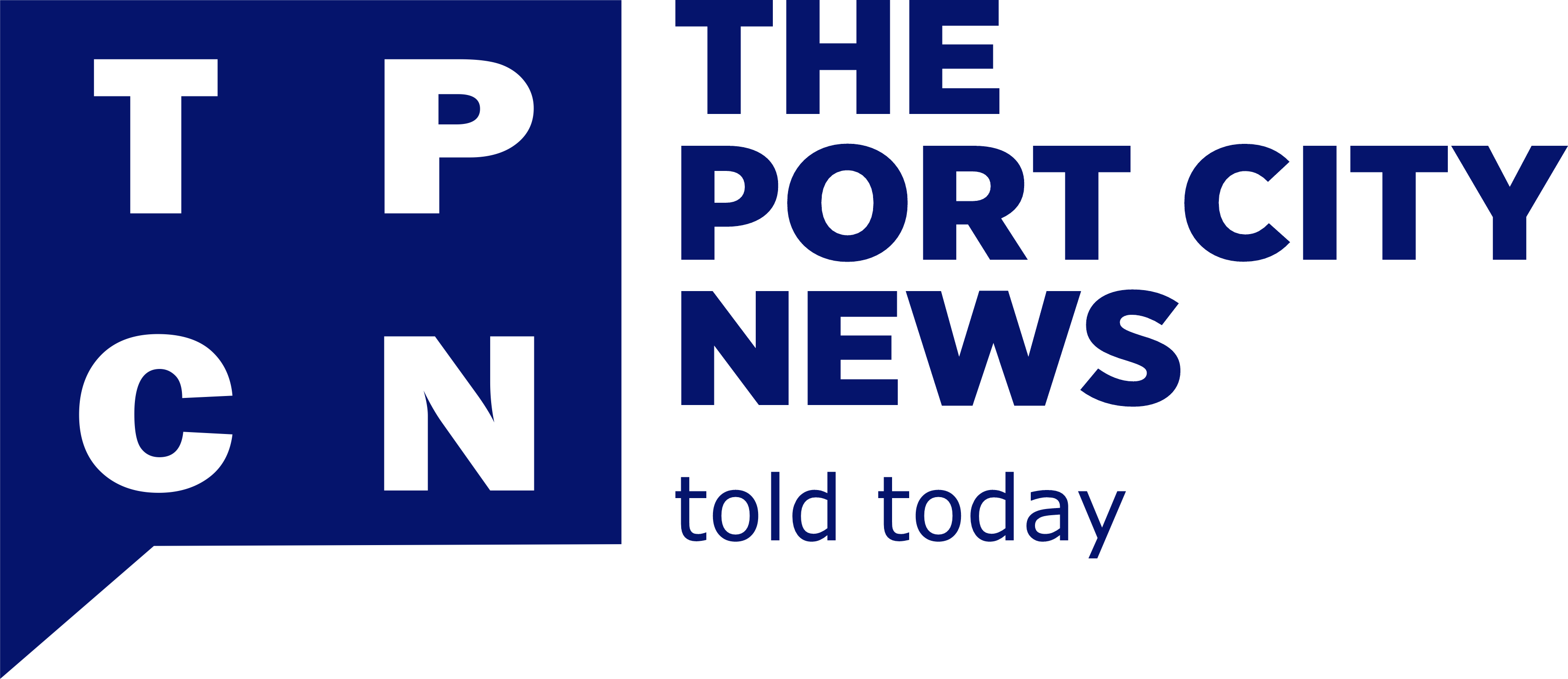The Hydrocarbon Pollution Remediation Project (HYPREP) has announced progress in its ongoing efforts to clean up the polluted Ogoni region of Rivers State, with 130 active projects aimed at environmental restoration and sustainable development.
Speaking at the annual commemoration of the Ogoni struggle in Kansas, USA, HYPREP Project Coordinator Nenibarini Zabbey highlighted the agency’s commitment to addressing the environmental damage that has plagued Ogoni for decades. Zabbey stated that HYPREP shares a common goal with the Movement for the Survival of the Ogoni People (MOSOP): a future free from pollution, poverty, and internal discord.
Zabbey urged MOSOP members to rally behind the cleanup initiative, emphasizing the need for unity and reconciliation within the community. He called for collective efforts to overcome historical grievances and foster a shared vision of environmental recovery and economic revival in Ogoni.
In his presentation, Zabbey outlined the various ongoing projects under HYPREP, designed to meet the recommendations of the United Nations Environment Programme (UNEP) report on Ogoniland. The initiatives include soil and groundwater remediation, shoreline cleanup, and mangrove restoration. HYPREP is also working on providing potable water, enhancing public health systems, and offering diverse livelihood interventions to support the local population.
Key infrastructure projects are underway, such as the construction of the Centre of Excellence for Environmental Restoration, the Ogoni Specialist Hospital, the Buan Cottage Hospital, and the Ogoni Power Project. These projects aim to create jobs and provide essential services, targeting the needs of Ogoni youths and women.
Zabbey emphasized that these projects not only address environmental damage but also aim to uplift the socio-economic status of the Ogoni people. He noted that the provision of clean drinking water and improved healthcare facilities directly contributes to a healthier community, reducing diseases linked to pollution. Additionally, the livelihood interventions focus on equipping local residents with skills and opportunities to foster self-reliance and economic growth.
Highlighting the broader impact of the cleanup efforts, Zabbey pointed out that restoring mangroves and rehabilitating contaminated land would revive local ecosystems and improve agricultural productivity. This, in turn, is expected to reduce food insecurity and promote sustainable agricultural practices in the region.
Related posts: MOSOP knocks federal lawmakers for not carrying out proper oversight on Ogoni cleanup
During the event, Mike Nwielaghi, Chairman of the Board of Trustees for the Ogoni Trust Fund, provided a financial update on the cleanup project. Despite HYPREP’s efforts, many Ogoni groups have expressed skepticism about the agency’s performance, citing concerns over the slow pace of the cleanup and previous leadership changes within HYPREP.
Zabbey acknowledged these concerns but reiterated the agency’s commitment to delivering tangible results and restoring the region’s environment and economy. He urged the Ogoni community to set aside differences and work together towards a sustainable, pollution-free future, assuring that HYPREP’s current projects are steps towards meeting these long-awaited goals.
The Ogoni cleanup remains a critical issue, symbolizing the broader struggle for environmental justice and sustainable development in the Niger Delta region.




